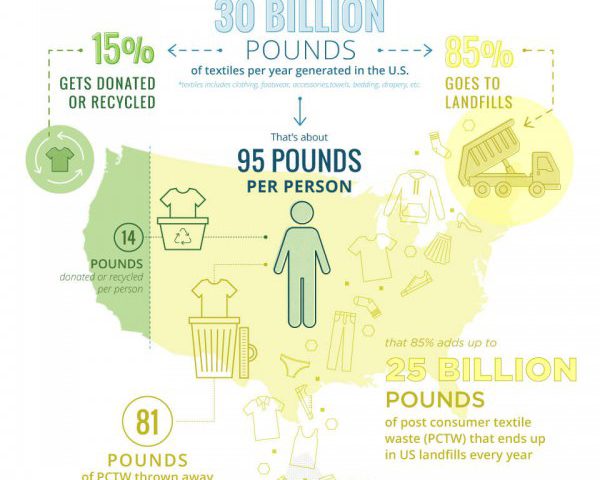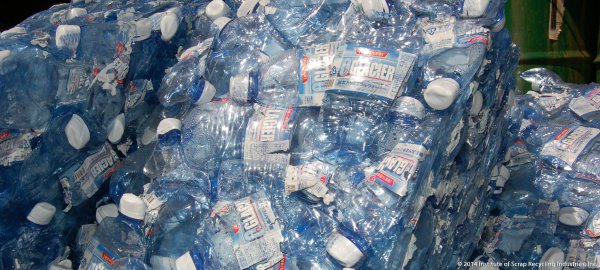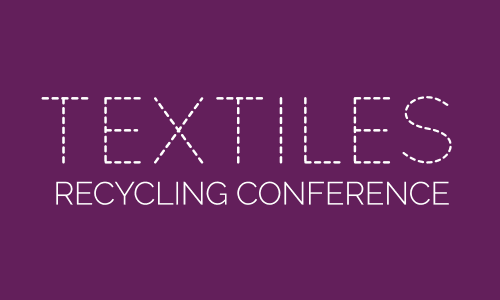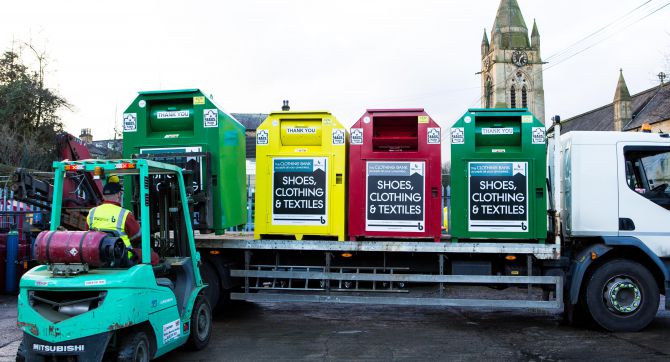- Have any questions?
- + 42 022 888 2914
- [email protected]
These Companies Are Making Strides to Extend Clothing Life to Curb Textile Waste
With only 15 percent of the 30 billion pounds of textiles produced in the U.S. each year recycled or donated, the industry and government need to develop better means of keeping goods out of the waste stream.
What will be vital is creating programs focused on repair and reuse that keep clothes in their original form, as well as creative recycling programs that take used materials and upcycle them back into the supply chain.
A panel at the New York Textiles Summit held at the Fashion Institute of Technology on Tuesday examined the topic from the point of view of two retail leaders in the field of sustainability and recycling, Eileen Fisher and Patagonia, as well as the New York City government and the charity and thrift store operator Goodwill Industries.
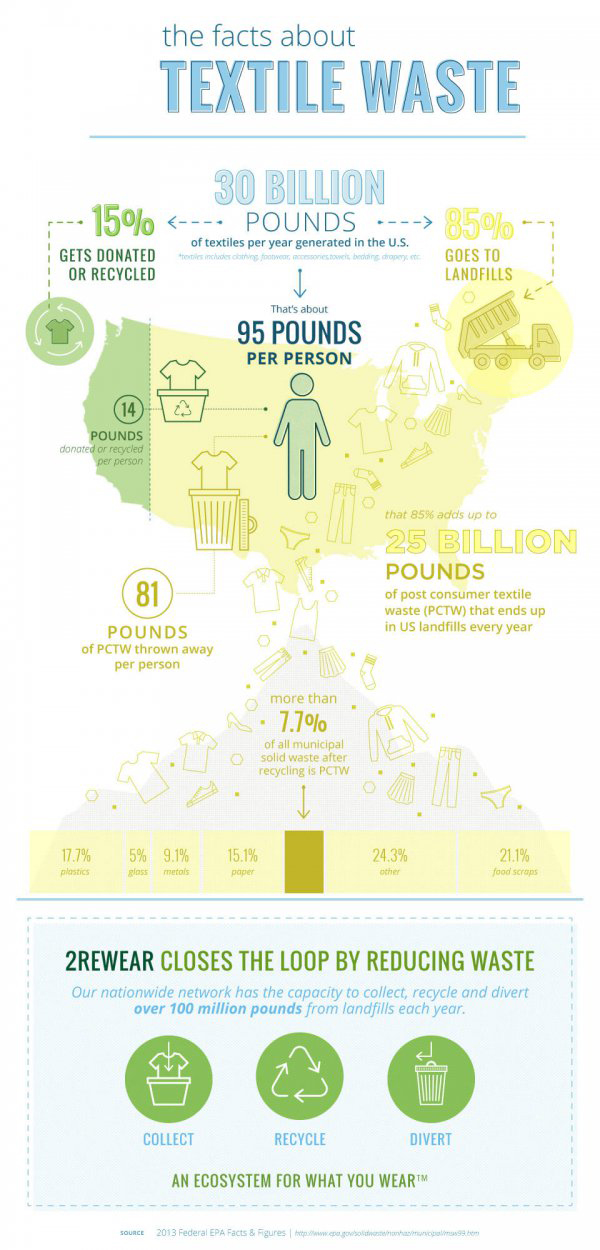
Cynthia Power, facilitating manager of Eileen Fisher Renew, the company’s clothing take-back and reuse program founded in 2009, explained that every garment Renew takes back is sorted for its highest value and either resold, remanufactured, donated or recycled. Power said since Renew was launched in 2009, 800,000 Eileen Fisher garments have been taken back.
Renew has done $10 million in resale revenue since the program started, donating $2 million of that to charity. Power said roughly 50 percent of the clothing taken back is resalable, with the rest remanufactured in what is called the Tiny Factory in Irvington, New York, where post-consumer clothing is used as raw material to create new designs.
Last year, the company took back close to 175,000 garments, representing roughly 2 percent to 3 percent of total goods manufactured, “so we have a lot more work to do,” Power said.
Nellie Cohen, program manager for Patagonia’s Worn Wear program, said “repair and reuse” is the focus of the Worn Wear collection. Goods are repaired in the company’s facility in Reno, Nevada, and repairs are also done at all Patagonia stores and several other points of sale.
“The purpose of Worn Wear is to keep things in use as much as possible,” Cohen said. “With the repair program, it’s also about our customers keeping goods as long as possible.”
Power said, “We strive to be a very sustainable company. Eileen Fisher’s Vision 2020 initiative is to be 100 percent sustainable.”
She noted that in 2013, the company began its take-back program with the slogan “We’d like our clothes back, thanks very much.”
Customers can take their clothes to two recycling centers in New York and Seattle or any company store and get $5 per garment, regardless of condition. They go through a sorting process for damage and quality and then are put back for resale. Rejected items are sold at a Renew outlet store, and a new outlet will open next year in Brooklyn.
Cohen said Patagonia “strives to be a closed loop company.” Worn Wear has also used a slogan, “We want your used underwear back,” to be used to recycle clothes or upcycle them and be converted into yarn.
She said it’s about “true circularity” and “creating regenerated components.” But Worn Wear didn’t get enough merchandise back, “which led us to shifting to repair and keeping clothes in use longer,” she said.
“We taut the performance of synthetic fiber in our clothing…but we also take responsibility for taking care of the environment,” Cohen said.
Ben Rose, senior manager of the New York City Department of Sanitation’s Donations and Reuse unit, said its RefashionNYC program makes donating clothing easier. It is a free service for apartment and office building owners with 10 or more units, and for commercial businesses. It services about 150,000 households, and in conjunction with NYC Housing Works, has 380 locations in the city that takes used clothes and redistributes them.
Katy Gaul-Stigge, president and chief executive officer of Goodwill Industries of Greater New York and Northern New Jersey, said, “The reason we have a Thrift Store model is to create jobs,” with each store employing 30 to 40 people. Goodwill also works with textile recyclers to reuse goods.
Power and Cohen agreed that reuse has become of growing importance to keep garments in their “original life.”
“It’s a top priority right now,” Cohen said. “We’re piloting, testing and plan to roll out a program to make product from recycled material.”
Patagonia and Eileen Fisher both rely on the retail store as the chief source for reuse and recycled initiatives.
Patagonia’s take-back program offers customers $20 to $100 per item.
“We couldn’t do it without our customers,” Power added. “I’m very curious in how we need to evolve in the future. Raw materials are going to get more expensive and it’s just a matter of time when people are going to have to think more about not using virgin resources from the earth.”

